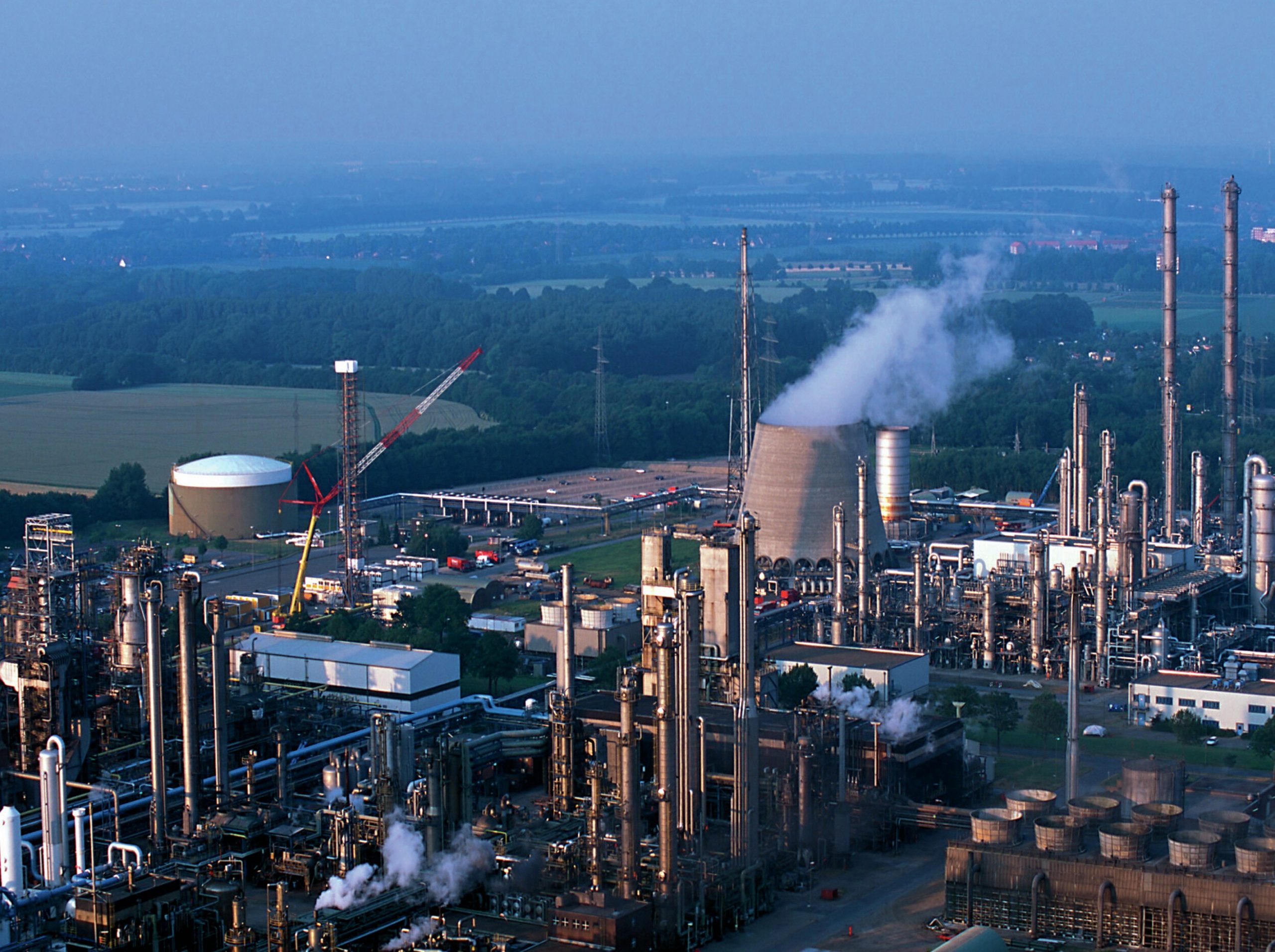
Catalysis allows chemical reactions to occur faster than they would do otherwise, by lowering the activation enthalpy (or activation energy) of the reaction. Catalysts (which can be homogeneous or heterogeneous) are not consumed by the reaction they catalyse. They can cause a reaction to reach equilibrium more quickly, but they do not shift the position of the equilibrium. Enzymes are proteins that act as biological catalysts, allowing the myriad of biochemical reactions in nature to occur efficiently. Enzymes can be used in industrial processes and adapted to produce a product tailored to our needs. Green chemists favour the use of heterogeneous catalysts.
For more general information about catalysis, the Monsanto process and to see an animated version of Figure 3 go to www.catalysis-ed.org.uk
Your organisation does not have access to this article.
Sign up today to give your students the edge they need to achieve their best grades with subject expertise
Subscribe




